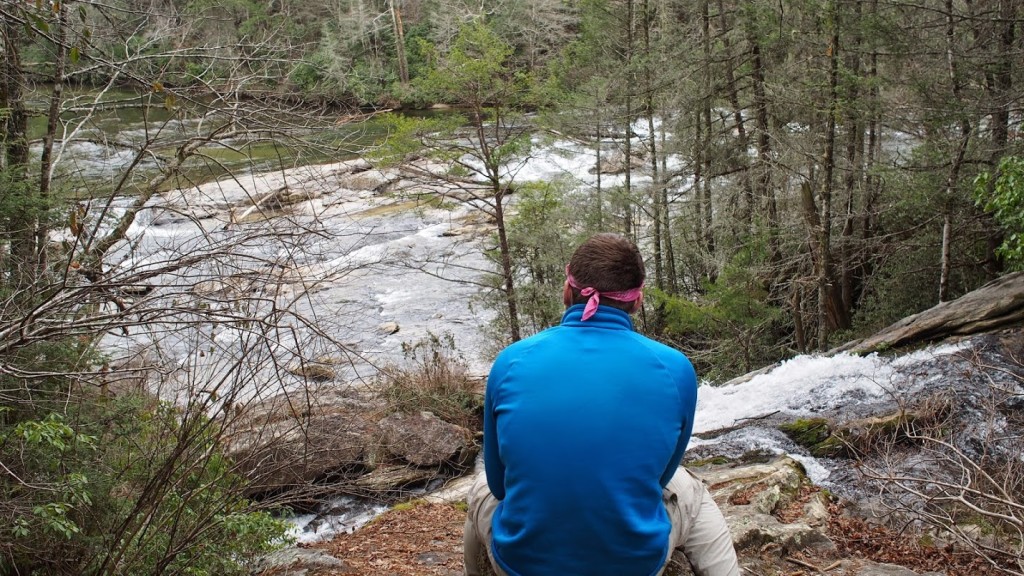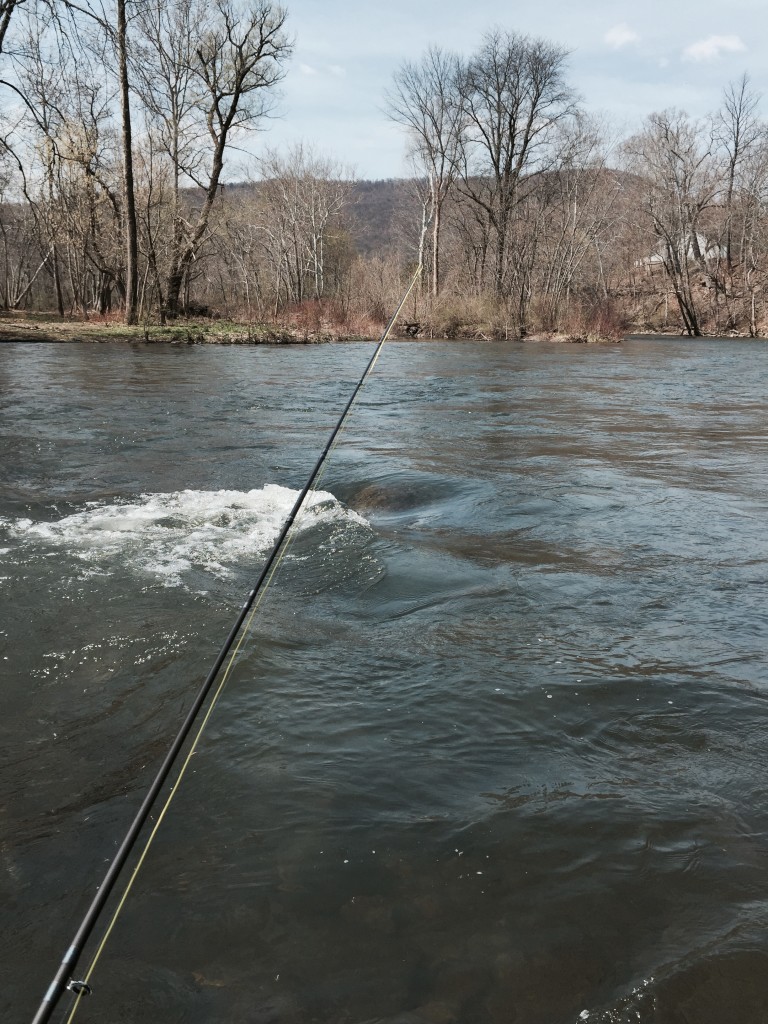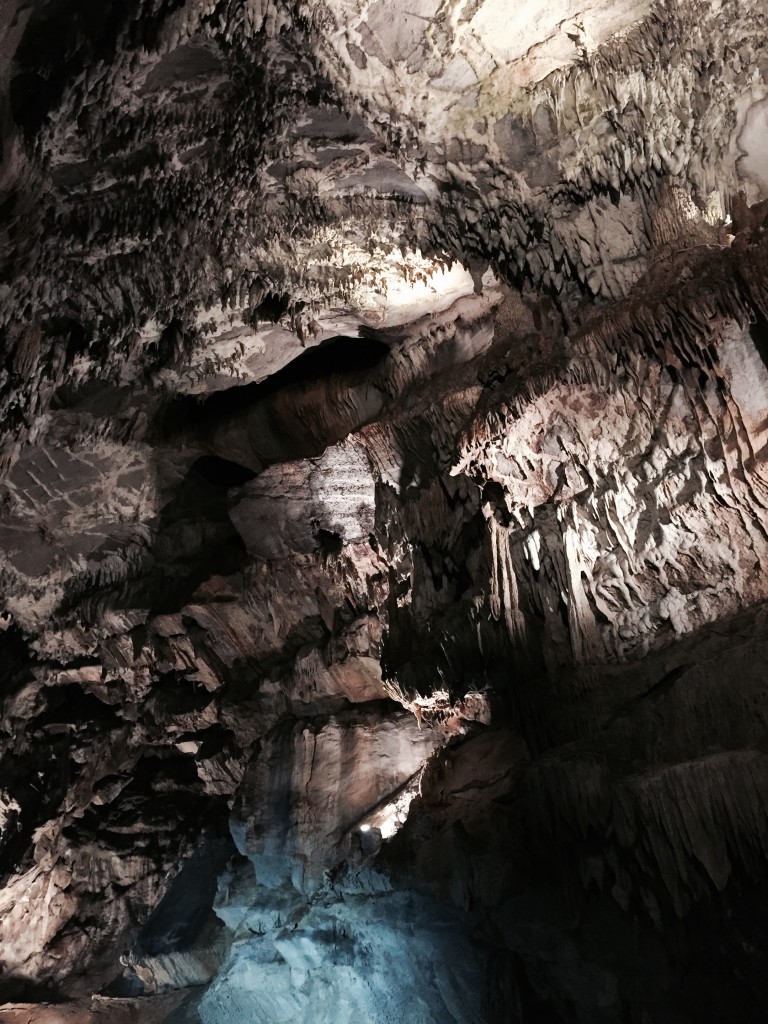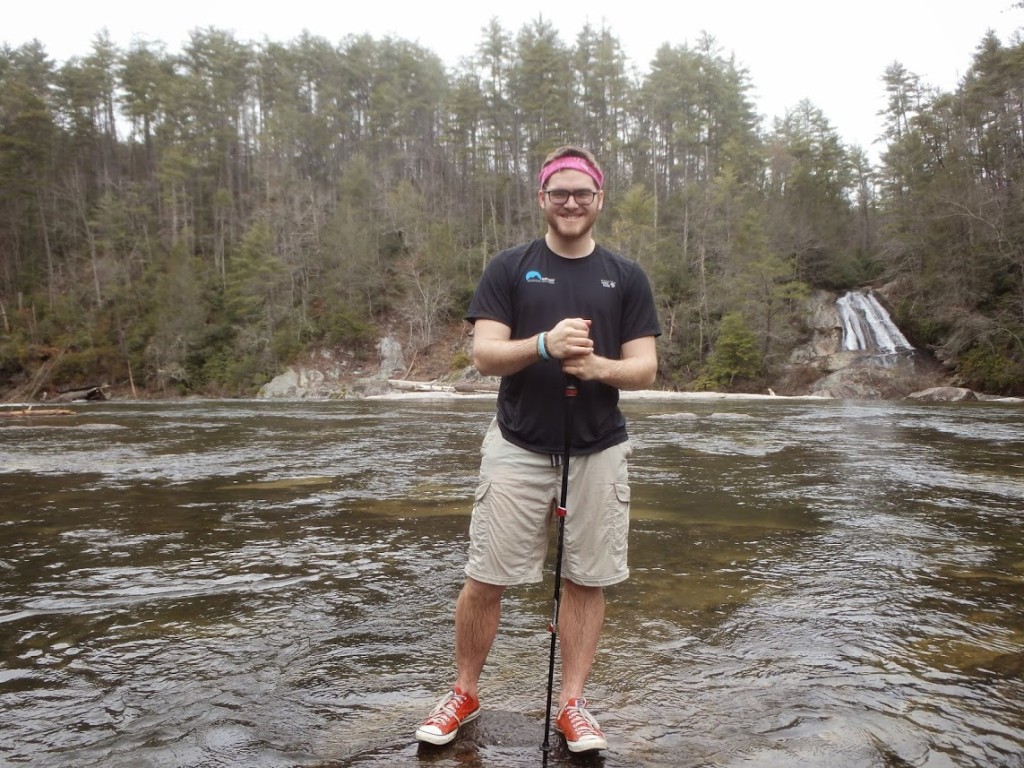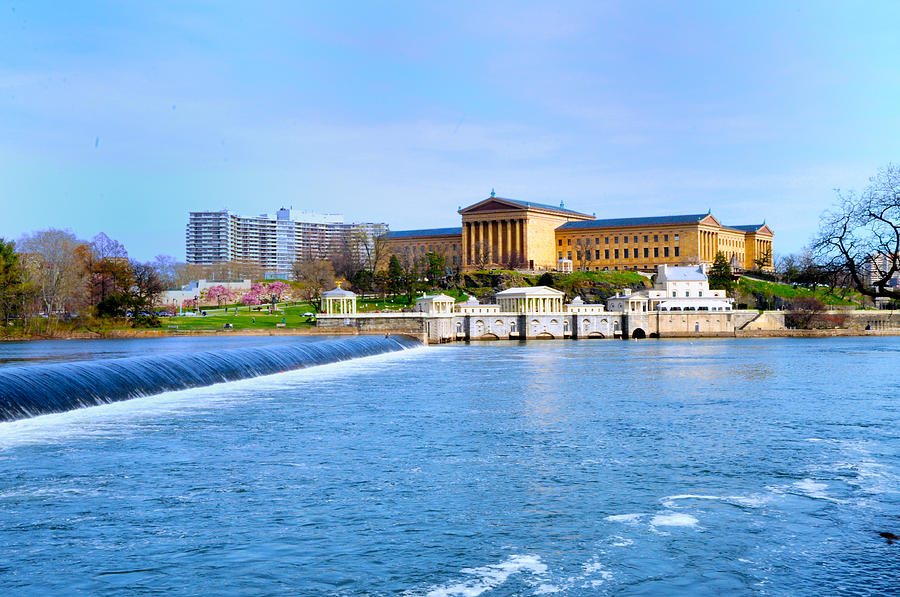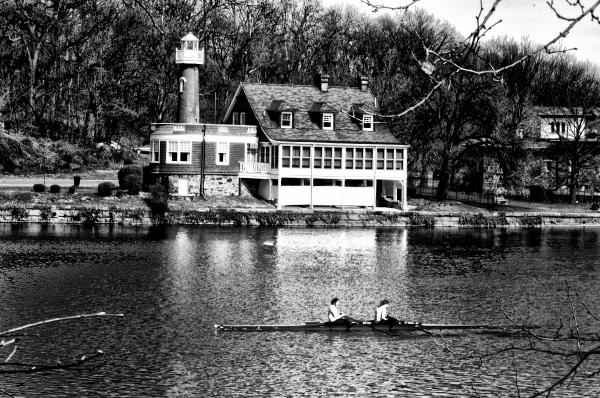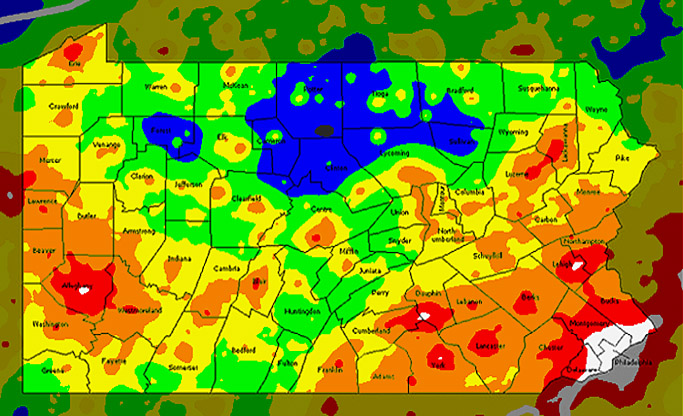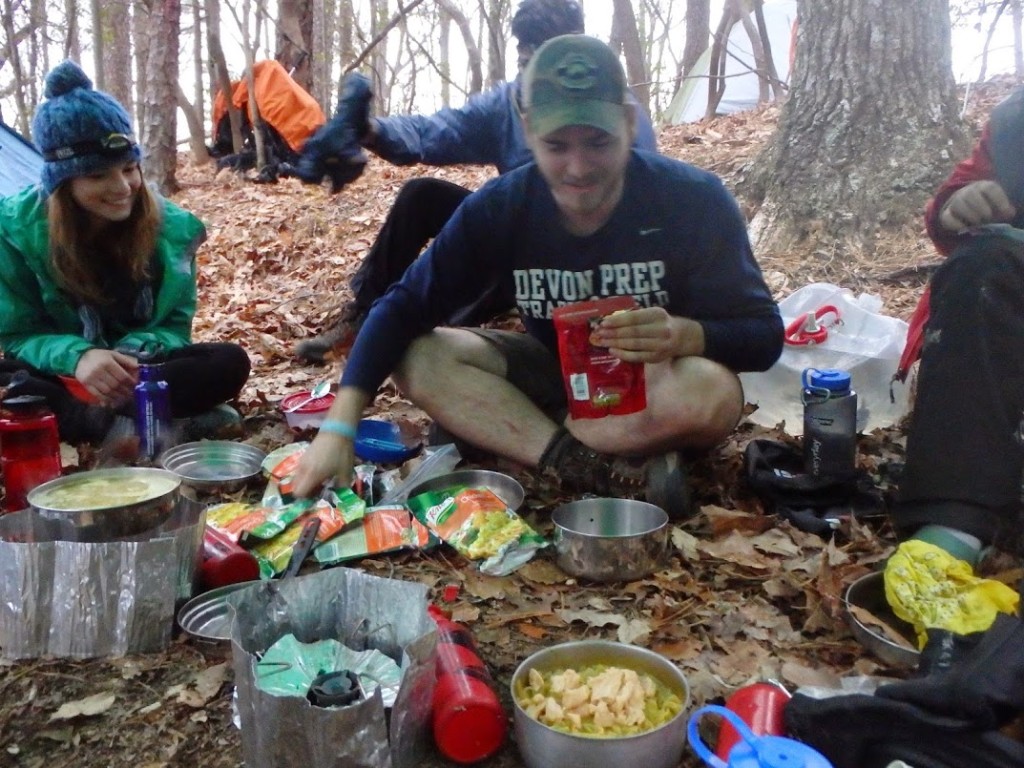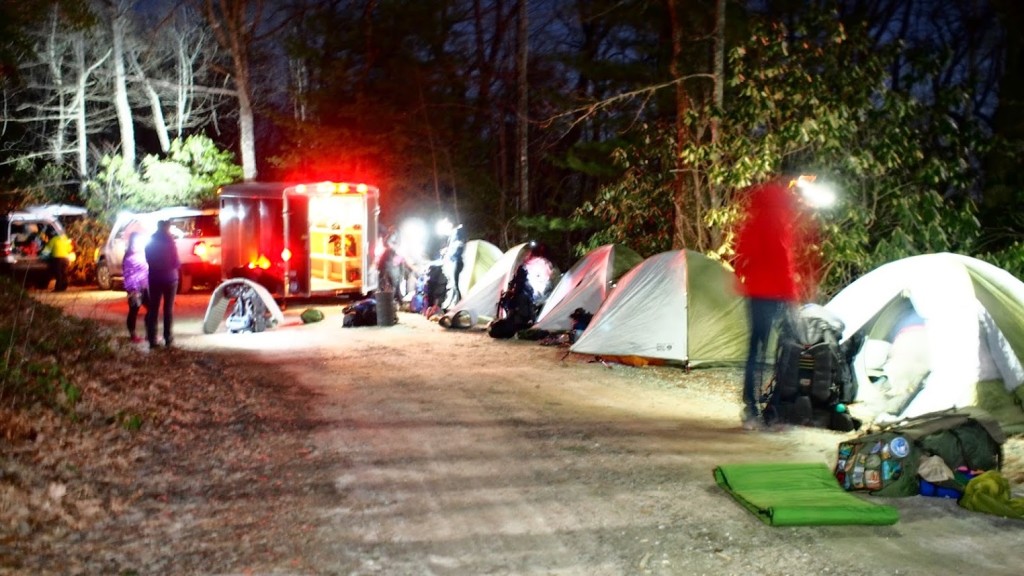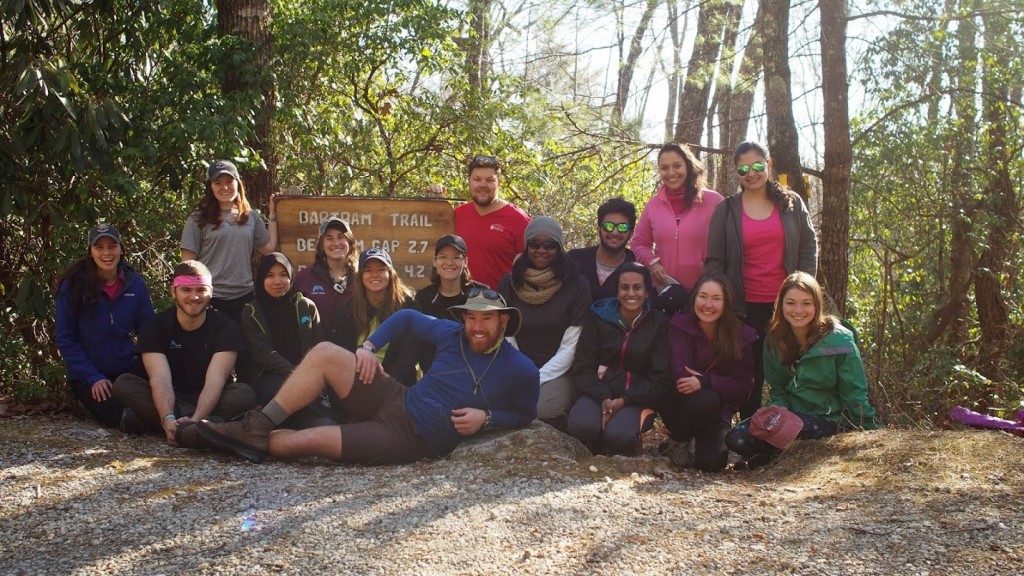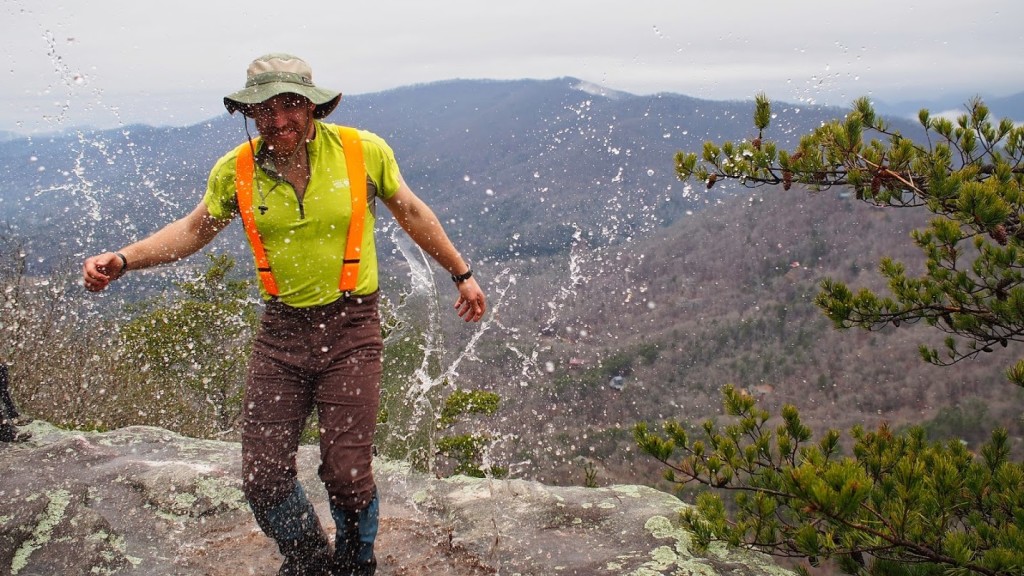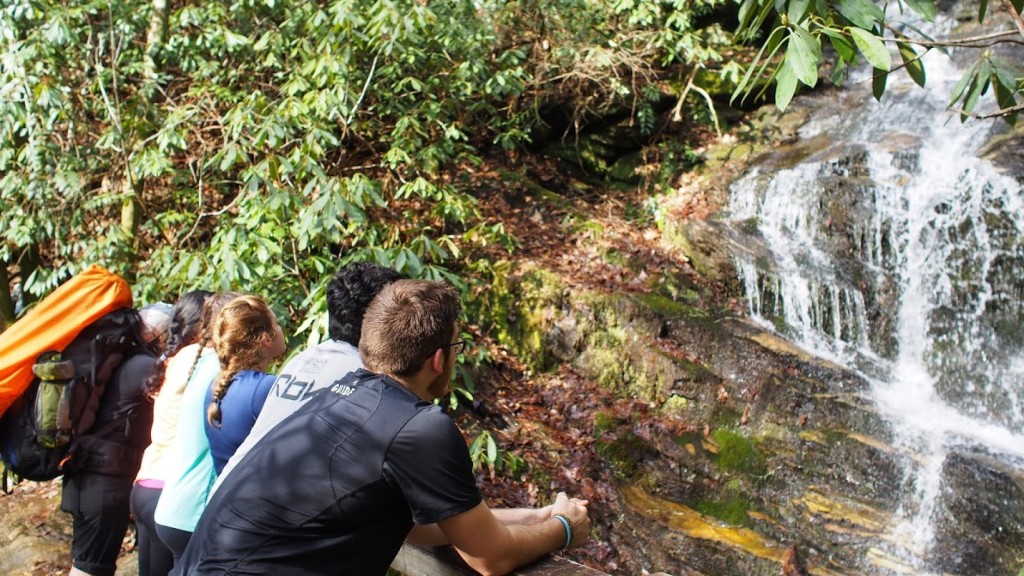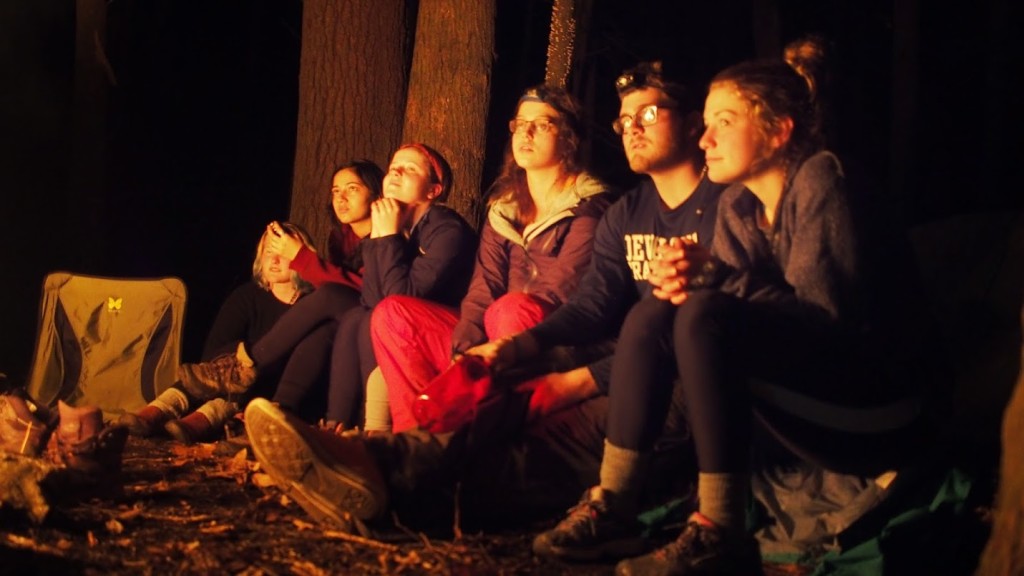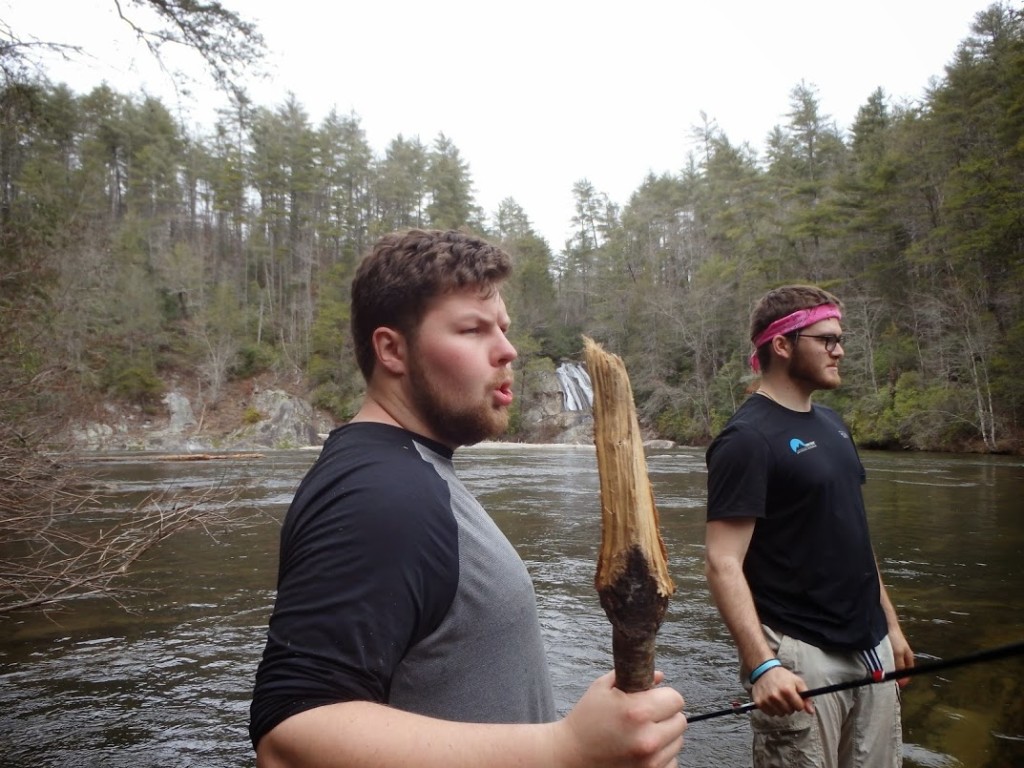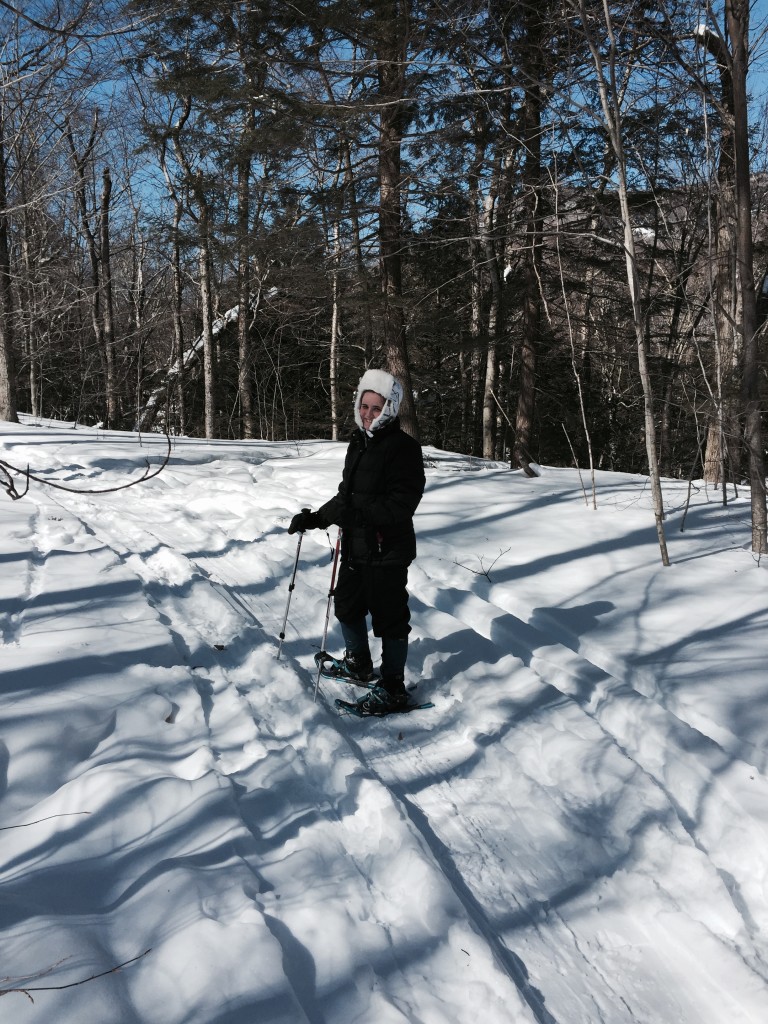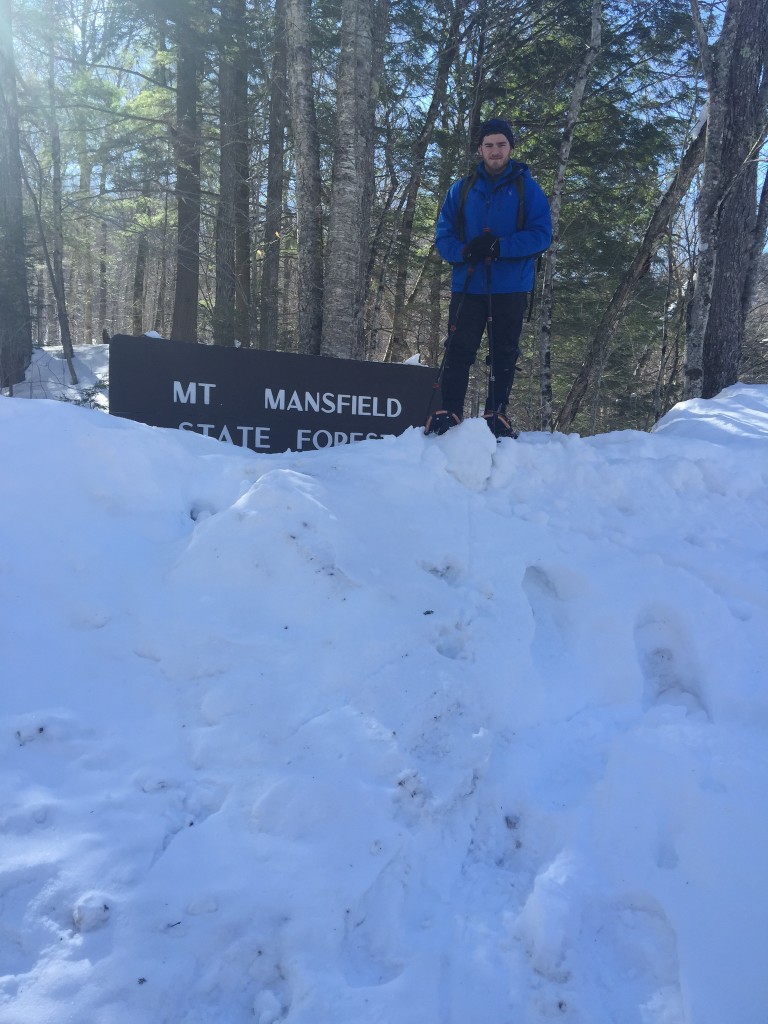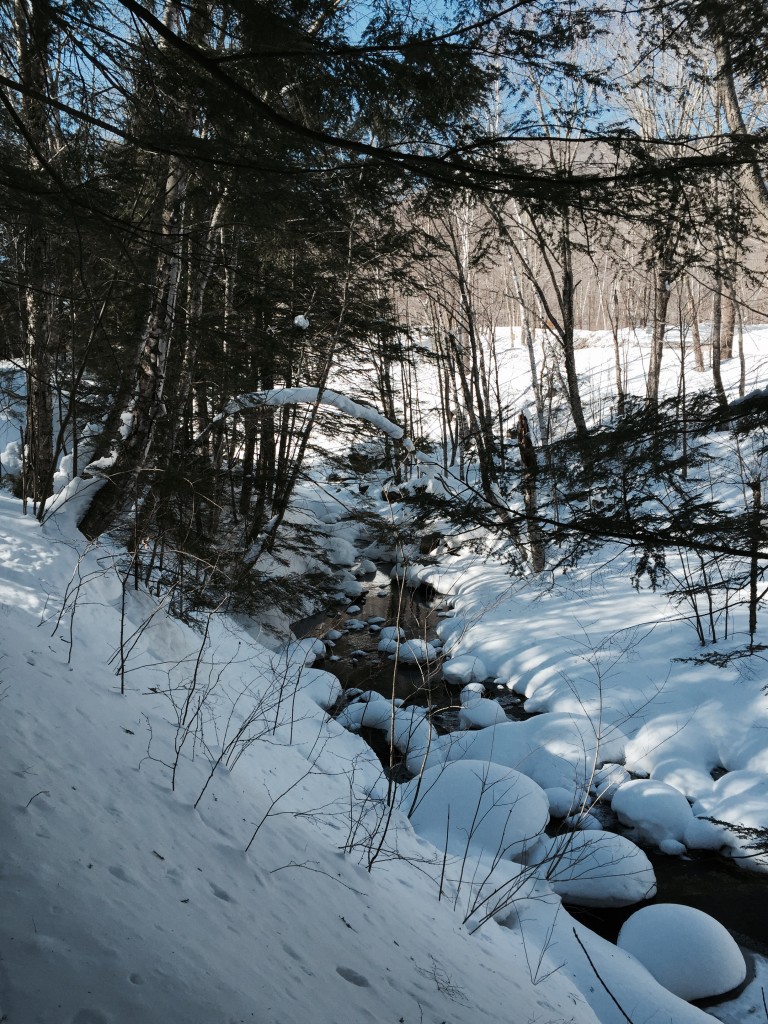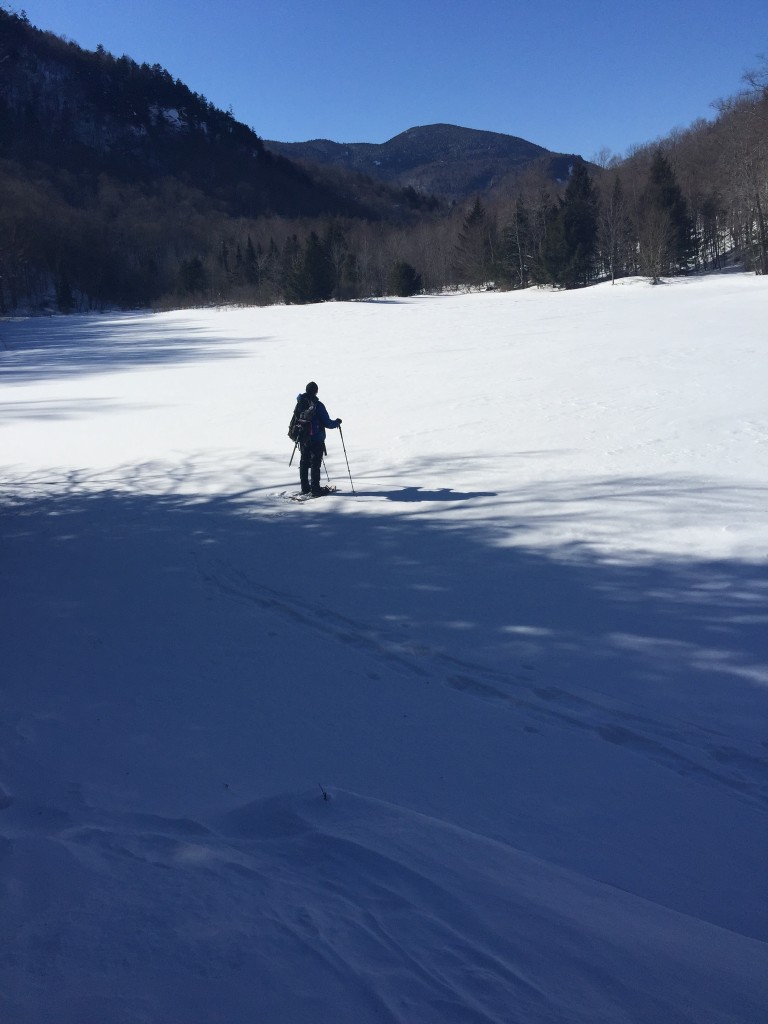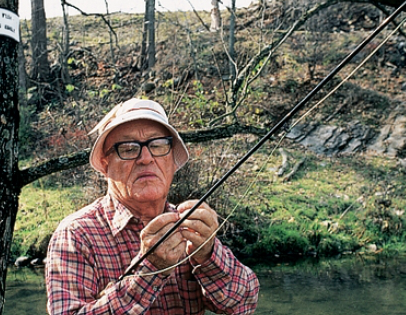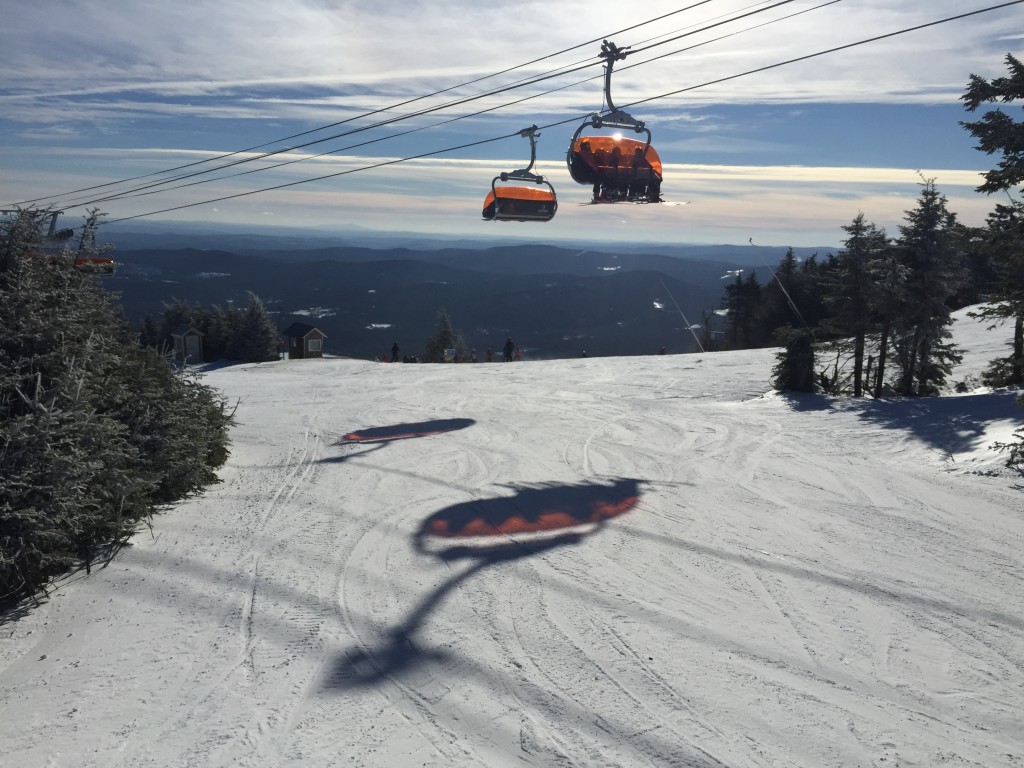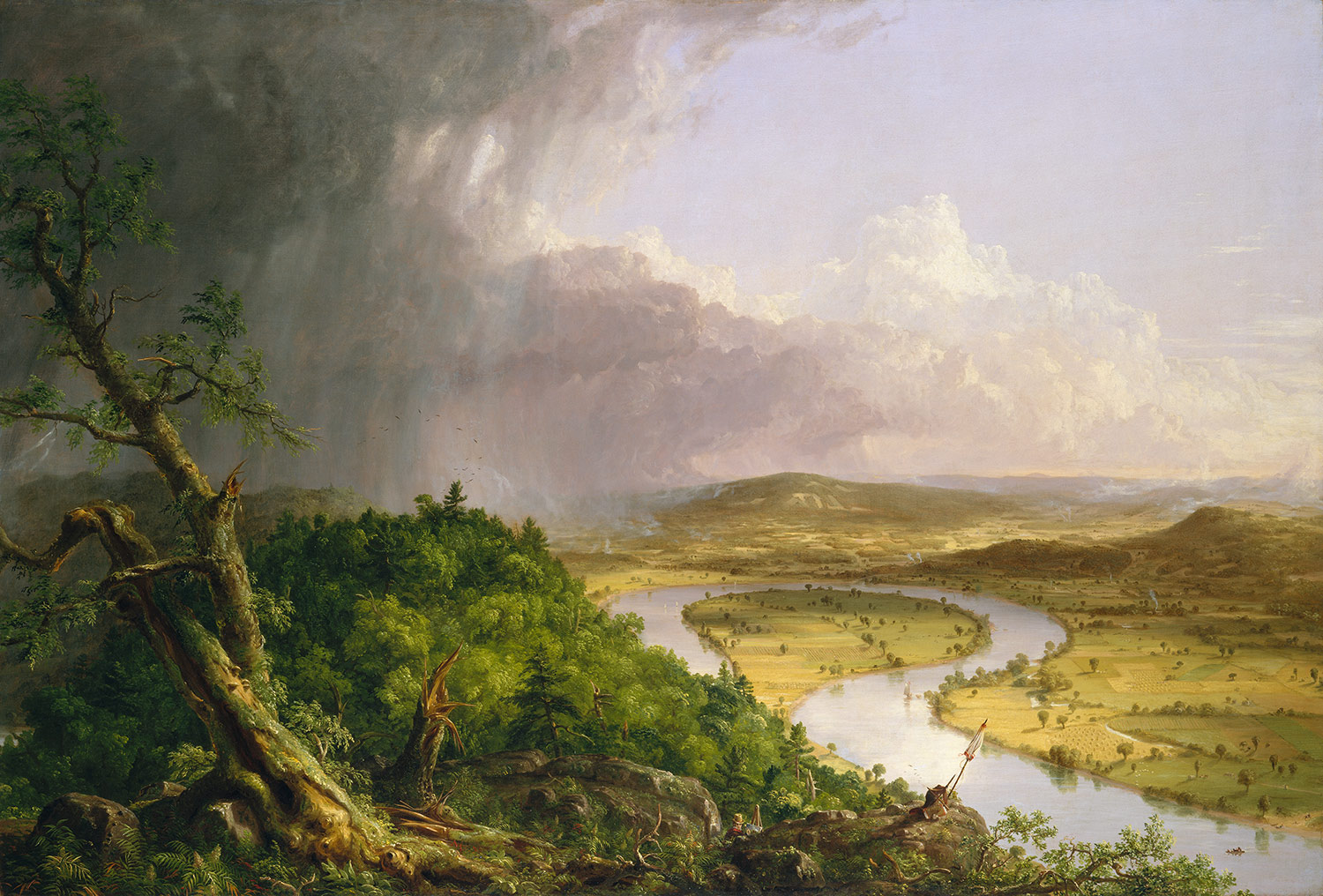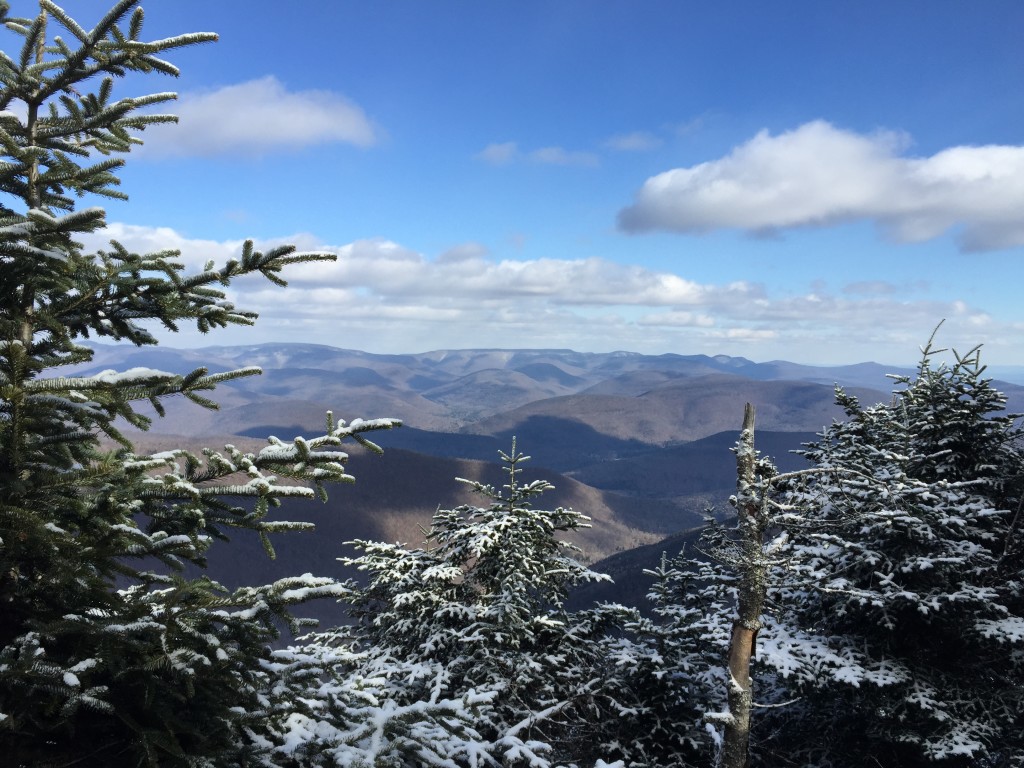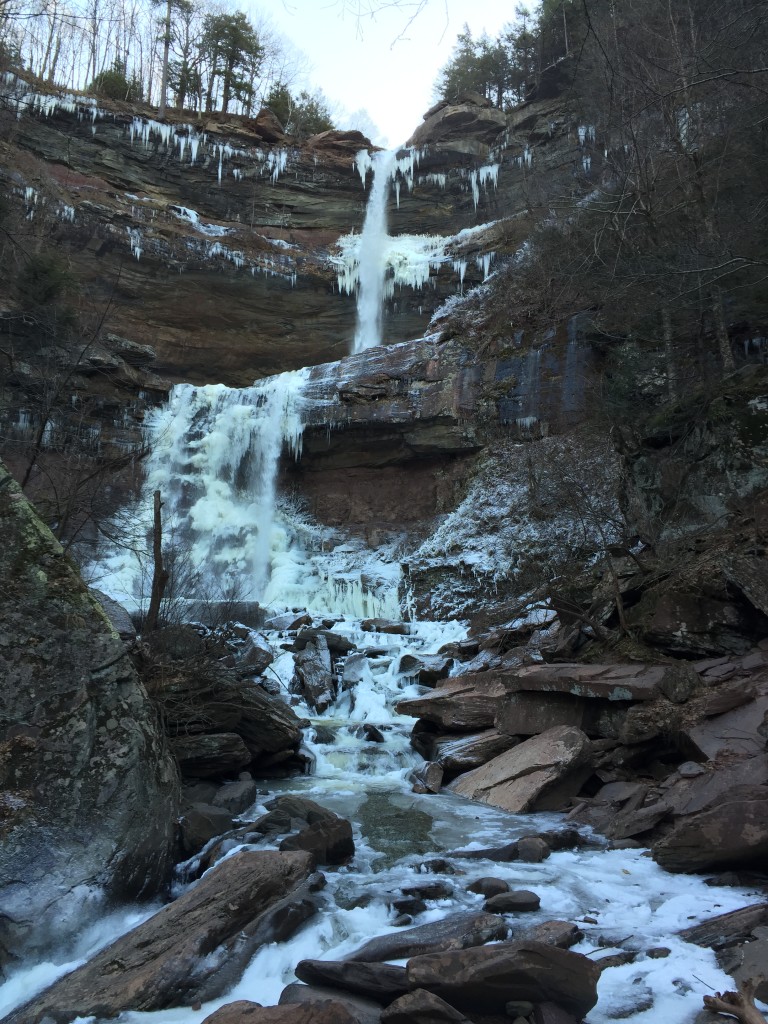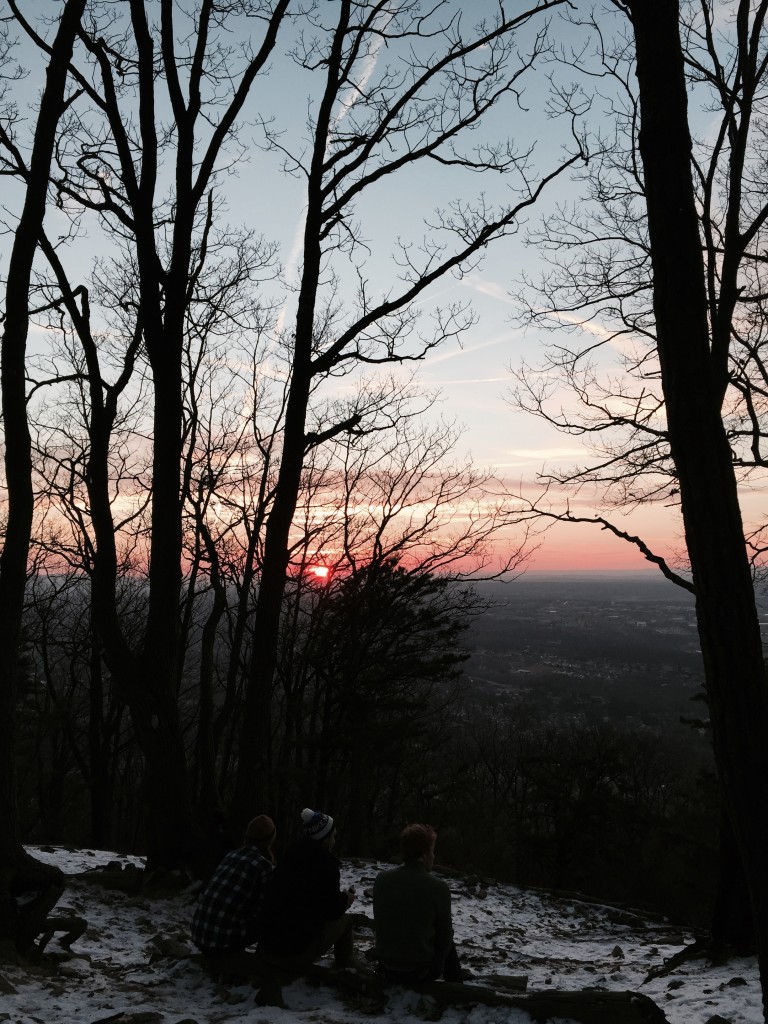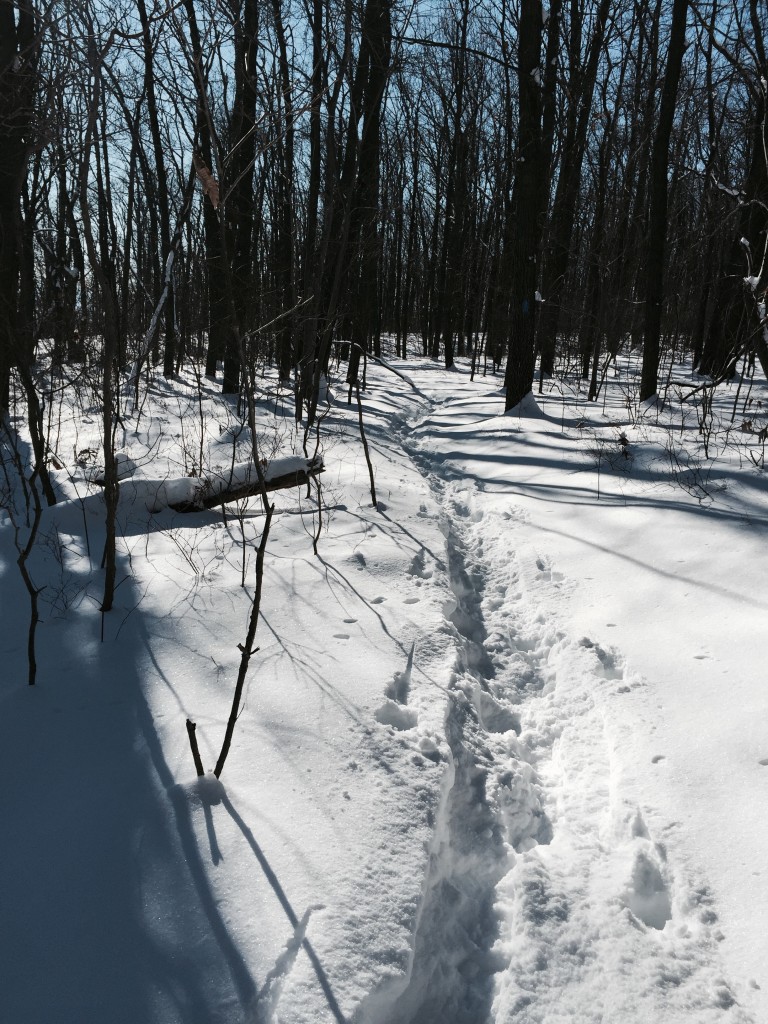In my few months here in State College I have had the opportunity to partake in a lot of amazing adventures throughout Appalachia, from fishing for wild trout on crystal clear spring creeks, to spending a week in the wilderness of Northern Georgia, to snowshoeing in subzero temps in the Adirondack High Peaks, to cycling across the rolling farmland of Happy Valley. It seems the more time is spend outside the stronger my desire to wander gets. The best part is the number of places left to explore in the area are almost limitless.
Although I have spent much of my free time outdoors, I have not even scratched the surface of the amazing outdoor recreation opportunities that can be found around campus. Central PA is such an incredibly beautiful place, with diverse cultures, a long history and a plethora of cool places to see and things to do.
For example, this area of Pennsylvania has huge deposits of limestone, a calcium carbonate-based sedimentary rock that forms at the bottom of ancient seas. The valleys of Central PA have a soft limestone bedrock which means that they are particularly sensitive to erosion. Erosion of limestone underground caused by springs form caves, and Central Pennsylvania has some pretty incredible caves. I mentioned in an earlier post exploring Coonscat Cave, a wild cave located along route 192 near Centre Hall. This cave had some incredibly tight squeezes and was filled with thick, goopy, anaerobic mud. The nearby Penn’s Cave is a sharp contrast to Coonscat. It is a commercial cave meaning that it is privately owned and open for tours. It is several hundred feet long and has plenty of room for huge jon boats to lead tours through the caverns. The cave ceilings are almost 40 feet high in places and many of the cave formations are pristine and untouched. Penn’s creek flows through the cavern and gigantic rainbow trout over 2 feet long live in the cool, dark grotto. Another commercial cave is Indian Caverns, located just southeast of Happy Valley, in the town of Spruce Creek. Indian Caverns is the second biggest cave in the state and artifacts from the Susquehannock tribe have been found there dating back to 8000 BC. Several times a year, Penn State Adventure Rec leads caving trips to local wild caves like Coonscat, Hipple, and other caverns across PA and West Virginia. The Nittany Grotto is a club devoted entirely to cave exploration and is open to novices.
Central PA is also an incredible place for watersports. As I mentioned in earlier posts, the limestone spring creeks of PA are world renowned for their wild trout. Spring Creek, Penn’s Creek, LeTort Spring Run, the Little Juniata, and Yellow Breeches Creek are just a few. Lake Erie is one of the gems of our state. Erie provides wonderful steelhead, lake trout, walleye, and smallmouth bass fishing, as a matter of fact, according to In-Fisherman magazine, Lake Erie has the best Smallmouth Bass Fishing in the world. The Delaware River is one of the cleanest urban rivers in the world and I unique because it is one of the few undammed rivers remaining on the east coast. Above Trenton, the water quality is extremely high and the water is crystal clear. Atlantic Sturgeon (huge endangered prehistoric fish that can grow up to eight feet and 300 lbs) have made a comeback in the river in recent years as have striped bass.
In the mountains, there are several great whitewater rivers. The Upper Youghiogheny stands out as one of the best rafting rivers on the east coast, if not the country. It is the steepest commercially rafted river on the east coast, with a maximum gradient of 115 feet per mile. Parts of the 74 mile river are class V rapid meaning that it is one of the most challenging rivers in the country.
Pennsylvania is an incredible state. Here at Penn State University we are surrounded by picturesque countryside and limitless opportunities for outdoor adventure. This blog has documented some of my travels and hopefully has served as inspiration for my readers to get outside and enjoy some of what it has to offer. Perhaps you too suffer from the uncontrollable urge to push boundaries and explore some of what is out there.
I believe that we only protect what we love, and if we all spent more time in the outdoors, appreciating nature, we would feel a deeper obligation to protect this earth. Sadly, many areas of PA have been permanently harmed by agricultural pollution, strip mining and fracking. We have not learned from our long history of overexploiting resources and it is up to us, the next generation of Pennsylvanians, to put an end to the destruction and save Penn’s Woods for many years of adventures to come. Thank you for reading and see you all out there!
-Mike
http://www.prnewswire.com/news-releases/top-three-east-coast-river-rafting-spots-surge-into-spotlight-as-the-triple-crown-of-eastern-whitewater-52766112.html
http://en.wikipedia.org/wiki/Indian_Caverns

